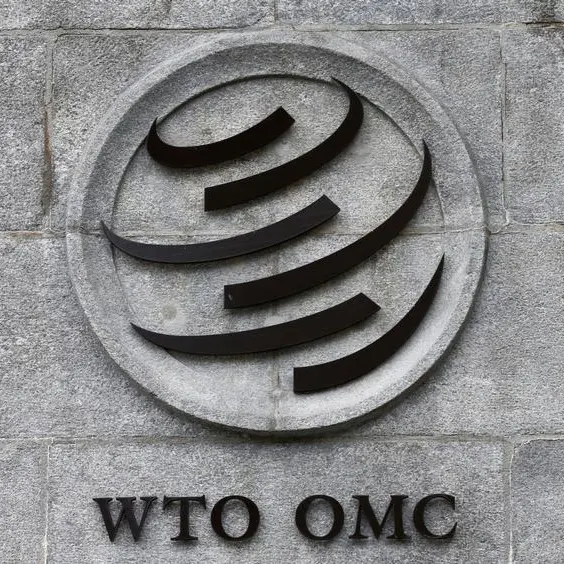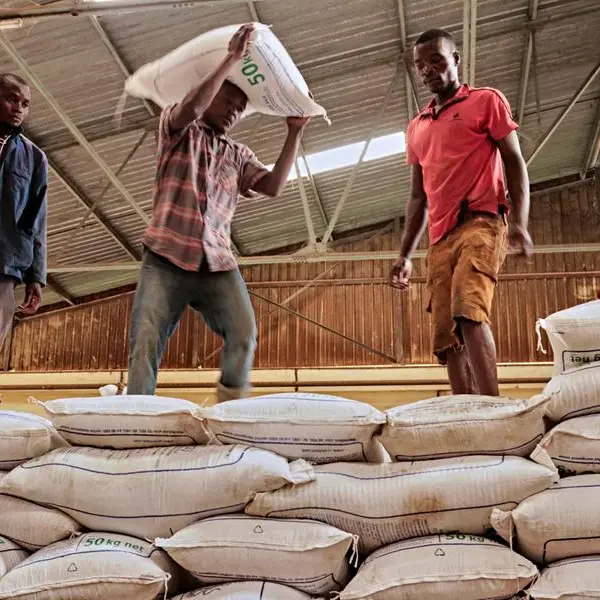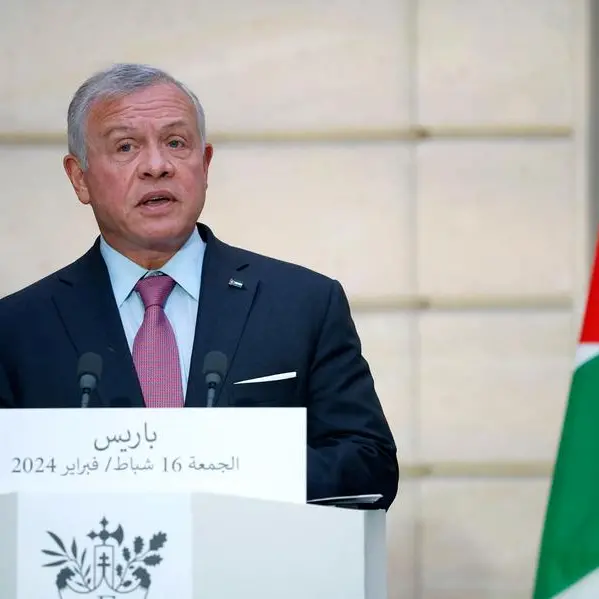PHOTO
As the global pandemic keeps weighing on Egypt’s economy, the government has resorted to further external borrowing hoping to close its balance of payments gap, a move that may eventually lead to a spike in the country’s foreign debt by a double-digit percentage.
“External debt is forecast to rise by 16 percent to $131.5 bn this year, and by 7.1 percent per annuum reaching $185.4bn in 2025,” said Callee Davis, economist at NKC African Economics.
Recently, the International Monetary Fund (IMF) and the Egyptian government reached a staff-level agreement on a 12-month Stand-By Arrangement of $5.2 billion. The IMF said the loan aims at safeguarding “gains” achieved by Egypt over the last three years, and at maintaining macroeconomic stability while continuing to “advance key structural reforms.”
“If approved, the loan will help buoy foreign reserves,” said Davis. “The loan will also help support financing the fiscal deficit, which is forecast to widen to 11.2 percent of GDP in 2019/20 FY and 15.1 percent of GDP in 2020/21 FY.”
The SBA agreement, which still needs to be approved by the IMF’s executive board, comes on the heels of an IMF Rapid Financing Instrument of $ 2.772 that was approved last month.
“Although the loan will increase external debt repayments over the medium term, loans from the IMF come at a relatively low cost and are certainly a more prudent option than tapping international debt markets,” said Davis.
Egypt’s Minister of Finance Mohamed Maait has recently said that the GDP dropped by $8 billion due to the slowdown caused by the coronavirus. To weather the economic impact of the pandemic, The Central Bank of Egypt also sold dollar-denominated treasury bonds worth $5 billion in May.
“Further borrowing in foreign currency is not always preferred because of the pressure it can place on the local currency if things turn sour globally and/or locally,” said Amr Hussein Elalfy, Secretary-General of CFA society Egypt. “That said, Egypt's foreign debt level is still within comfortable levels of around 35-4 percent of GDP.”
Egypt’s reliance on external borrowing to correct budget deficit has increased since 2016_the year the government signed up for a $12 billion IMF Extended Fund Facility. The loan came with a set of conditions including the reduction of public spending and the devaluation of the local currency. The IMF intervention also allowed Egypt to attract creditors from the international capital market. Since then, Egypt’s foreign debt has almost doubled by rising from $55.764 billion in 2016 to $112.67 in 2019.
“The issue is not always about the percentage that foreign debt represents of the GDP,” said Samer Atallah, associate professor of economics at the American University in Cairo. “The defining factor is whether or not your economy is able to generate surpluses sufficient enough to pay the debt service and hence decrease the [total] debt.”
The global pandemic has wreaked havoc to Egypt’s three main sources of hard currency: tourism, remittances and the Suez Canal.
“All these sectors are the legs that you use to support your ability to generate surplus,” said Atallah. Until these sectors recover, Egypt will stay reliant on foreign borrowing, he explained.
Unlike the 2016 IMF loan, the SBA financing does not officially entail any economic conditionality. However, most analysts expect the IMF to pressure the Egyptian government to lift its hand off the foreign exchange market.
DWINDLING FOREIGN RESERVES
The heavy reliance on external borrowing comes against the backdrop of dwindling foreign reserves, which have witnessed a sharp decline from $ 45.5 bn in January 2020 to 36.003 in May.
In recent months, many analysts have accused the CBE of using foreign reserves to prop up the local currency_ a policy they warned might eventually lead to a sharp devaluation of the Egyptian pound. As soon as Egypt initiated talks with the IMF, the value of the Egyptian pound started dropping. It is now trading at 16.12 against the greenback compared to 15.66 in February.
“The sharp depreciation of the Egyptian pound against the dollar in recent weeks came sooner than expected,” said Davis. “We had pencilled in a strong depreciation towards the end of the year around the time SBA reforms are likely set to kick in.”
“Nonetheless, it does not come as a big surprise given that the currency has become increasingly overvalued in the last two months,” added Davis, who expects the Egyptian Pound to trade at 17/$ by the end of 2020.
Yet, loosening authorities’ grip on the FX market may not be the IMF only tacit condition.
“The IMF could see an opportunity to encourage the Egyptian authorities to undertake wider structural reforms that it failed to push through under the [2016] previous extended fund facility… such as accelerating plans to privatize state-owned companies and improving the flexibility of the labor market,” said James Swanston, an economist with Capital Economics.
(Reporting by Noha El Hennawy, editing by Seban Scaria)
#EGYPT #ECONOMY #DEBT
Disclaimer: This article is provided for informational purposes only. The content does not provide tax, legal or investment advice or opinion regarding the suitability, value or profitability of any particular security, portfolio or investment strategy. Read our full disclaimer policy here.
© ZAWYA 2020












